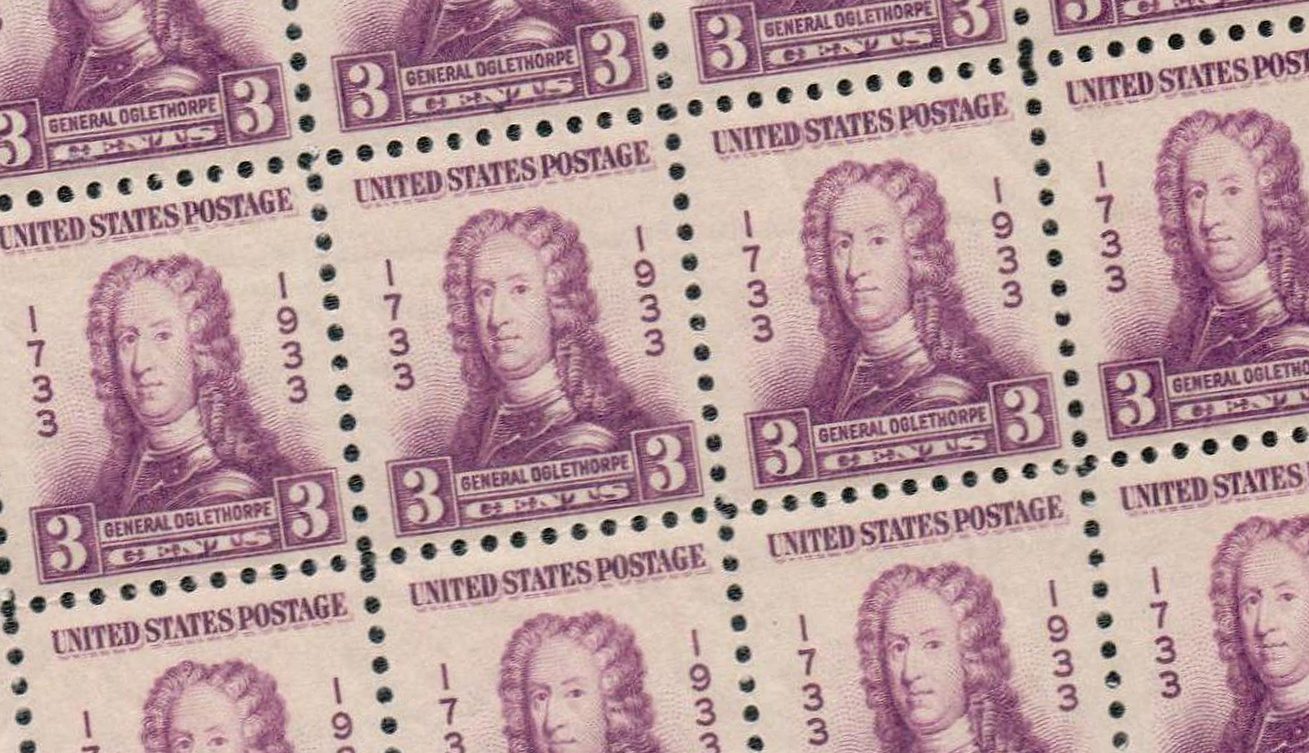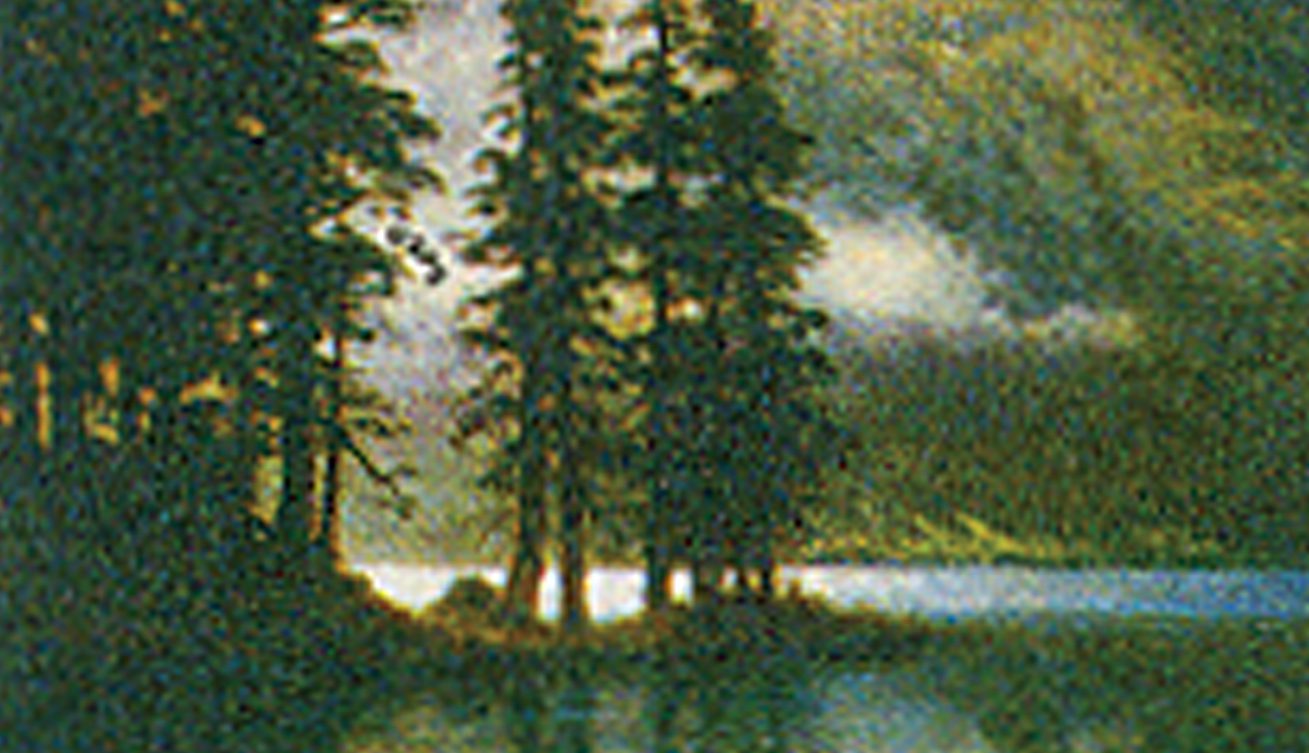Cape Hatteras National Seashore
On January 12, 1953, Cape Hatteras became America’s first national seashore. Stretched over 70 miles of barrier islands, this seashore is a fascinating combination of natural and cultural resources.

On January 12, 1953, Cape Hatteras became America’s first national seashore. Stretched over 70 miles of barrier islands, this seashore is a fascinating combination of natural and cultural resources.

On December 6, 1947, President Harry Truman presided over the dedication of Florida’s Everglades National Park. It’s the largest tropical wilderness in the United States and the third largest park in the country.

On November 10, 1978, Theodore Roosevelt National Park was established on North Dakota. Roosevelt’s time in the Badlands inspired his conservation efforts as president, establishing over 200 protected areas.

On October 27, 1986, Great Basin National Park was established in Nevada. The park protects ancient bristlecone pines, Wheeler Peak Glacier, and more.

Effigy Mounds National Monument in Iowa was established on October 25, 1949. The monument protects and interprets the history behind about 200 mounds built by Native Americans centuries ago.

On October 23, 1972, Cumberland Island National Seashore was officially established in Georgia. Cumberland Island is the largest sea island in the southeastern United States and the most biodiverse of Georgia’s barrier islands.

The American Forestry Association was founded on September 10, 1875, in Chicago, Illinois. It’s one of America’s oldest national conservation organizations, with a mission of “Creating Healthy and Resilient Forests, from Cities to Wilderness, that Deliver Essential Benefits for Climate, People, Water and Wildlife.”

The Marsh-Billings-Rockefeller National Historical Park was established in Vermont on August 26, 1992. It’s the first national park in the country created to honor the history of conservation.

On August 11, 1939, Congress established Fort McHenry National Monument and Historic Shrine. The monument honors and preserves this historic fort where our national anthem was born. It’s also the only place in the National Park system to be designated a Historic Shrine.